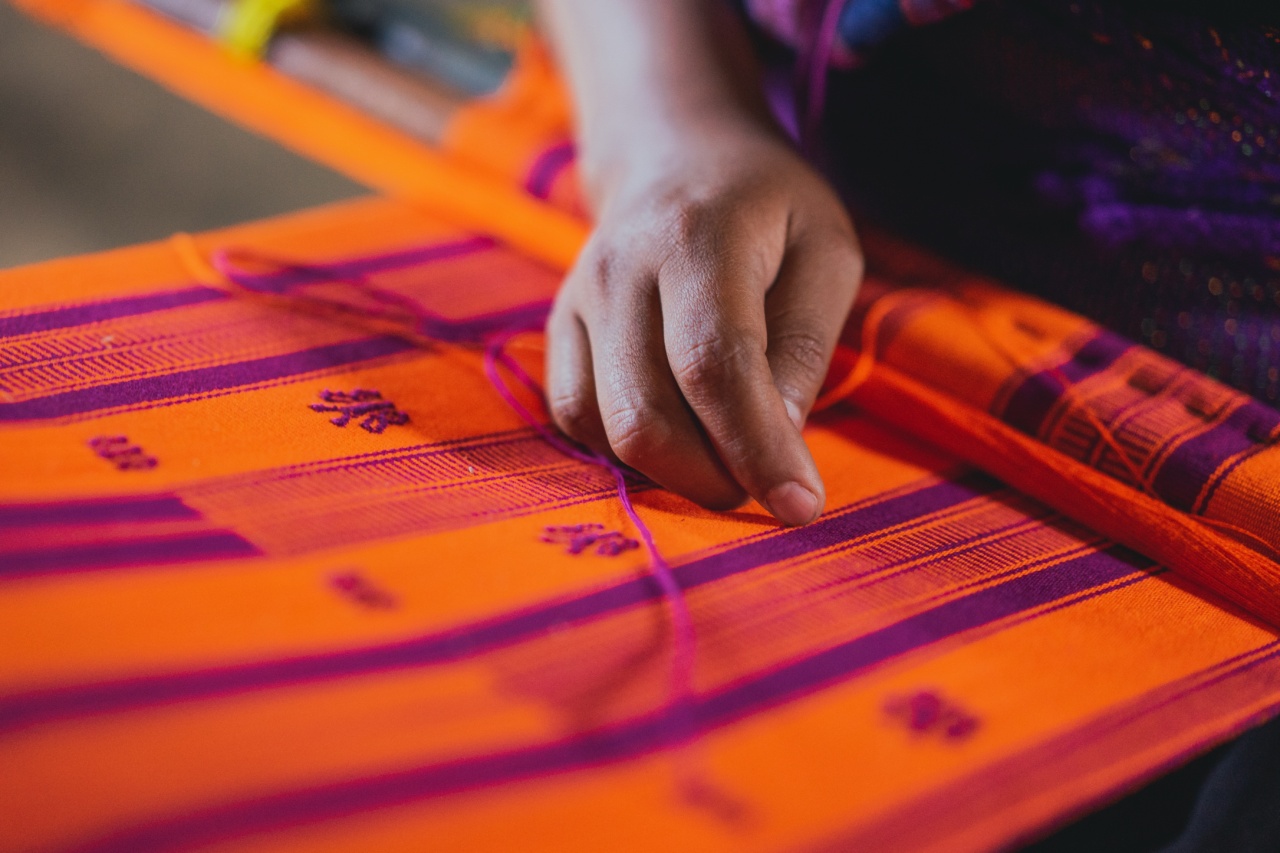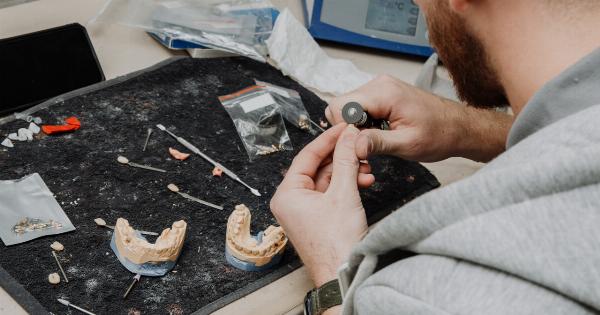Peripheral fistula is a common condition that affects many people, often requiring medical attention. It is a canal or passage that develops between two organs or vessels, and it can cause serious complications if left untreated.
Different treatment methods are available, but advanced endoscopic techniques have shown promising results in curing peripheral fistula for good. In this article, we will explore what peripheral fistula is, traditional treatments, the advanced endoscopic technique, and its effectiveness.
What Is Peripheral Fistula?
A peripheral fistula is an abnormal connection or passage that forms between two organs or vessels in the body. The most common type of peripheral fistula is an anal fistula or a fistula in ano.
In this case, the canal or passage develops between the rectum or anus and the exterior skin surface. Other peripheral fistulas can occur between the bladder and the vagina, the rectum and the vagina, and the colon and the skin.
The symptoms of peripheral fistula include pain, swelling, redness, discharge, and itching in the affected area. If left untreated, peripheral fistula can lead to abscesses, infections, incontinence, and other complications.
Traditional Treatments for Peripheral Fistula
The traditional treatments for peripheral fistula are antibiotics, drainage, fistulotomy or fistulectomy, and seton insertion. Antibiotics are used to prevent or treat infections, while drainage involves draining the abscess or pus from the fistula.
Fistulotomy or fistulectomy is a surgical procedure that removes the fistula along with some skin and muscle tissue. Seton insertion refers to the placement of a rubber band or string around the fistula to keep it open and allow drainage.
Traditional treatments for peripheral fistula, particularly fistulotomy or fistulectomy, can be painful and have a high risk of recurrence. They may also result in incontinence, wound healing problems, and other complications.
Advanced Endoscopic Technique for Peripheral Fistula
The advanced endoscopic technique for peripheral fistula involves the use of a flexible endoscope inserted into the fistula to perform a minimally invasive procedure.
The endoscope is equipped with a camera and a laser, which the surgeon uses to cut and remove the fistula tissue and cauterize the edges of the fistula. The technique aims to cure the fistula by removing the affected tissue, sealing the edges, and promoting healing without causing injury to the surrounding healthy tissue.
The Effectiveness of Advanced Endoscopic Technique for Peripheral Fistula
Advanced endoscopic technique has shown promising results in curing peripheral fistula for good. Studies have shown that it has a high success rate and a low risk of recurrence compared to traditional treatments.
In a study published in the Journal of Gastroenterology and Hepatology, the success rate of endoscopic closure of trans-sphincteric anal fistulas was 71%. In another study published in the same journal, endoscopic closure of rectovaginal fistulas showed a success rate of 56%. Both studies reported low risk of complications such as pain, bleeding, and infection.
Advantages of Advanced Endoscopic Technique for Peripheral Fistula
The advanced endoscopic technique has several advantages over traditional treatments for peripheral fistula:.
- Minimally invasive and less painful
- Shorter hospital stay
- Lower risk of complications such as incontinence, fistula recurrence, and wound healing problems
- Faster recovery and return to normal activities
Conclusion
Peripheral fistula is a common condition that can cause significant discomfort and complications if left untreated. Traditional treatments have limitations and can result in recurrence and complications.
The advanced endoscopic technique is a promising new method for treating peripheral fistula. It is minimally invasive, less painful, and has a high success rate with low risk of recurrence and complications.
Patients with peripheral fistula should discuss with their healthcare provider whether advanced endoscopic technique is an appropriate treatment option for them.


























